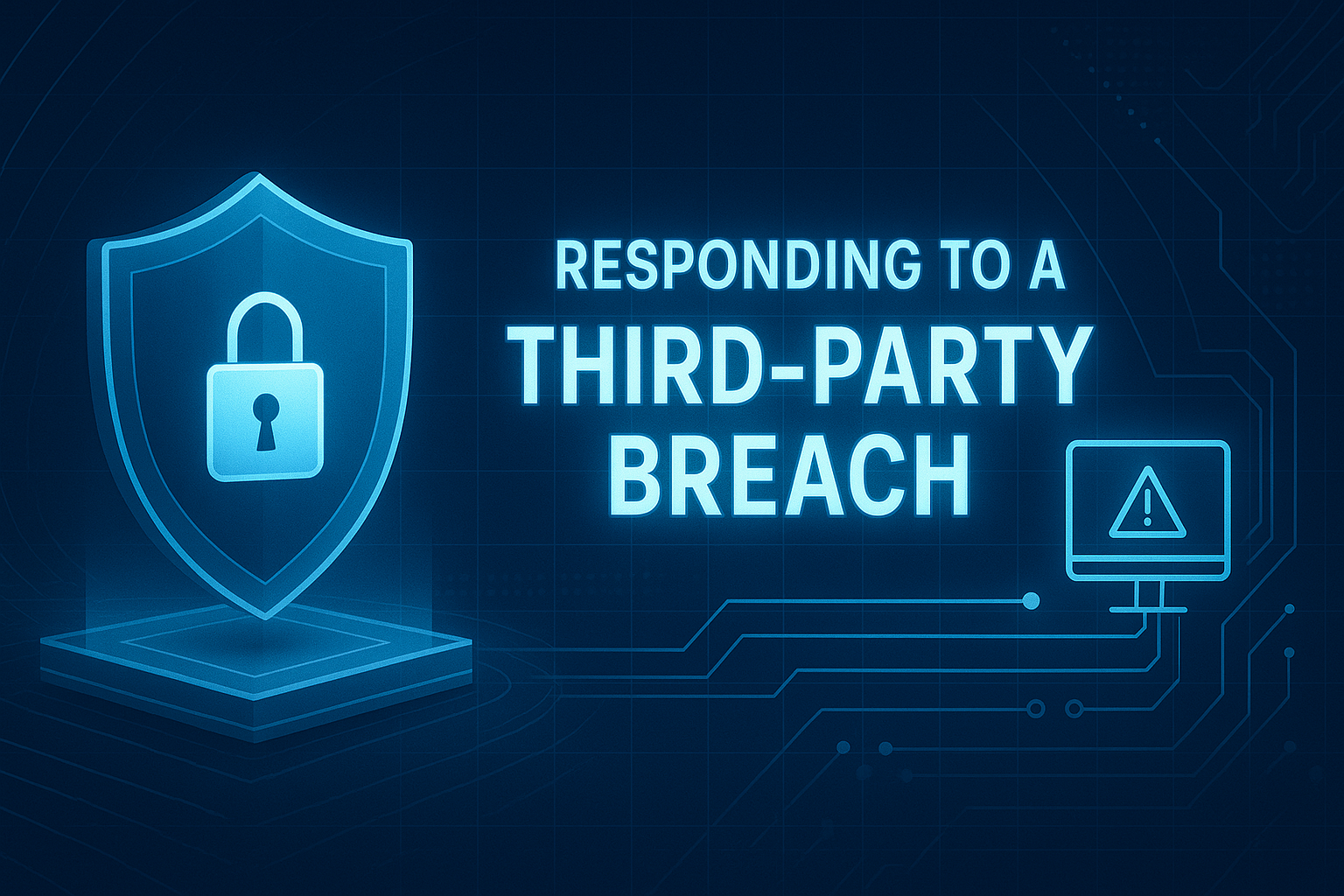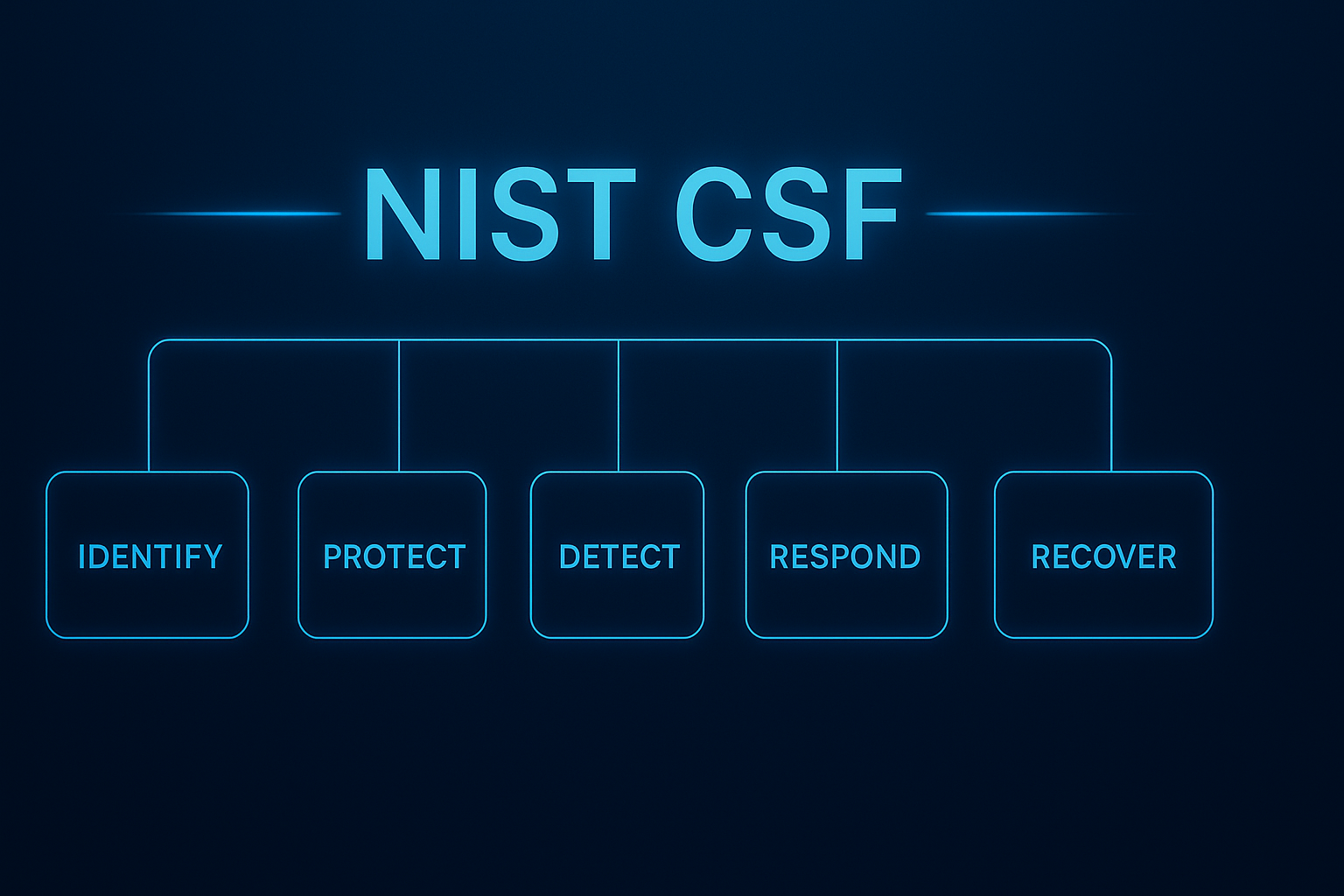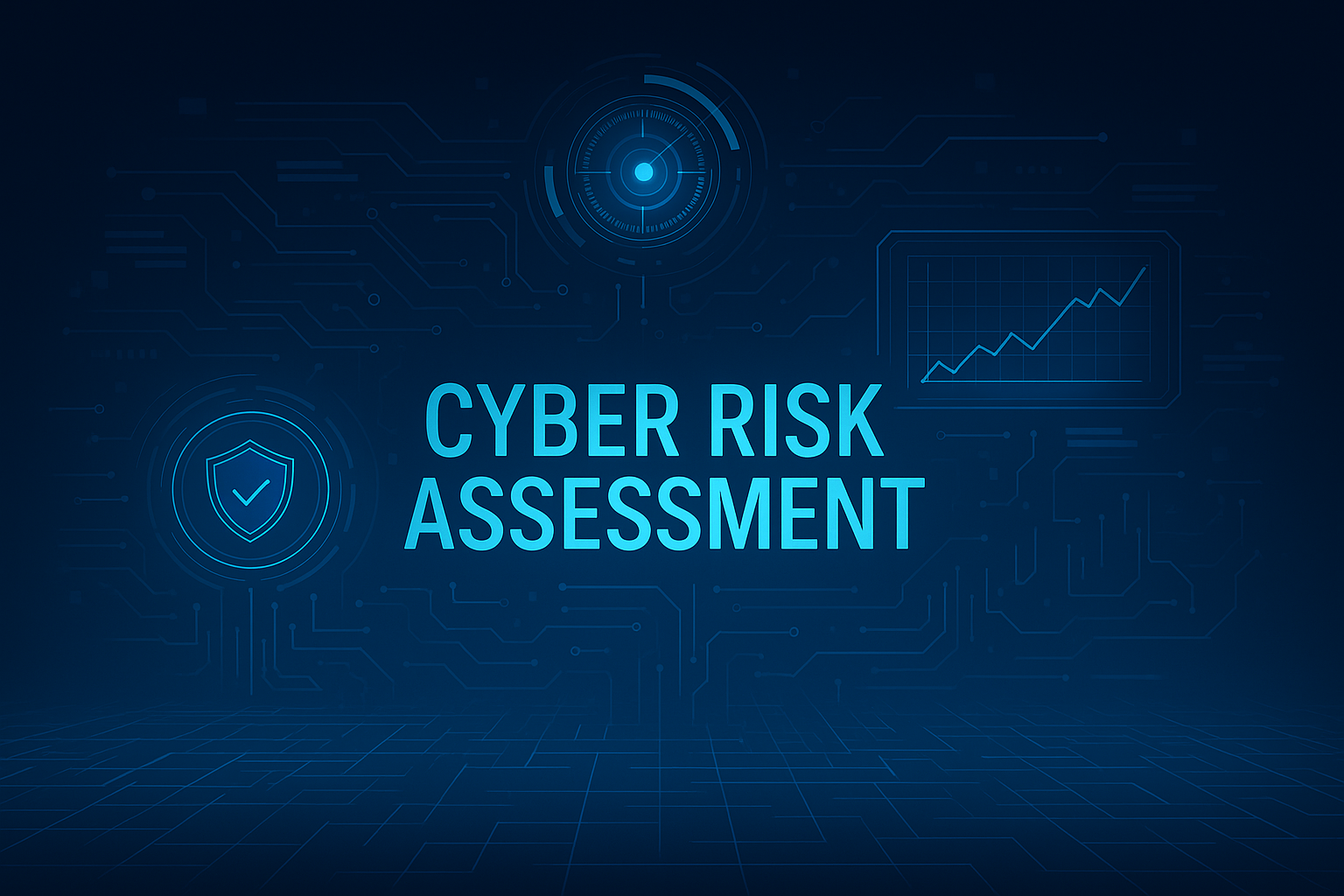At its core, artificial intelligence (AI) and machine learning (ML) is designed to augment and increase human creativity and ability. People have been dreaming about the possibilities and future that AI can bring for decades. Look no further than media like Westworld and Do Androids Dream of Electric Sheep by Phillip K Dick, among countless others, for proof that everyone has been (and still is) anxiously awaiting the day when AI transforms the whole world into a futuristic environment.
But even if we’re not quite at Westworld levels yet, applying AI technology still gives companies and business leaders the ability to detect patterns that may otherwise be missed. It can process massive amounts of data in seconds. It can discover possible risks and inform security professionals in real-time before they become a larger issue. AI has the power to transform almost every business process as we know it.
In 2020, Gartner predicted that almost all new products and services to enter the market will integrate some form of ‘smart’ functionality. In the age of digital transformation, these smart functions are often AI-driven. All AI, though, requires data to train—both general to the function and data specific to the user. There are many ways to do this, including but not limited to, Natural Language Processing (NLP) and computer vision, to name a couple. Each of these helps to train software to constantly learn and evolve.
Although companies have access to a large breadth of technology to help them keep their networks and data secure, the threats they face have access to the same technology. The risks have become so widely varied and widespread that it has become challenging for humans to process and discover them all. And although AI is a popular buzzword thrown around in the tech sphere, it’s often misused. True AI isn’t only analyzing data and spitting out reports; it can supplement or even replace the human element in a system, using the knowledge it gains to automate tasks that previously required constant supervision.
The main advantages of trusting artificial intelligence to automate cybersecurity are twofold. AI-powered cybersecurity products can more accurately and thoroughly detect anomalies by processing vast amounts of data faster and more efficiently than a human. A neural network has the capability to analyze everything that is normal as well as what is not, delivering significantly more robust results for detecting abnormal behavior. This ability to leverage big data collections enables security teams to analyze user behavior to secure business emails and reduce the risk of human error with machine learning algorithms.
Secondly, risk quantification can be handled in a more aggressive way. AI gives companies the ability to see where to begin in a risk mitigation effort and improve the business decision-making process. Businesses often spend thousands to hundreds of thousands of dollars by delegating risk management to human elements. And even though a human component is imperative for some elements of risk mitigation and management, is it necessary to have a human element every step of the way?
Not only does relying solely on people-driven IT departments give way to more human error, but it can also be slow, time-consuming, and expensive for everyone involved. Companies struggle to dedicate the resources necessary to remain compliant, let alone shift more resources to a risk-based approach. To make things even more problematic, many legacy GRC solutions have not grown and evolved like they have needed to in order to keep up with the dynamic landscape of cybersecurity with regards to risk and compliance. So companies and cybersecurity professionals are left trying to piece together legacy platforms to serve their needs, making the process bloated and inefficient. As more organizations begin to embrace a digital transformation strategy, it is imperative for risk and security teams to increase their use of AI-powered digital technologies to support this new paradigm. Put another way, security teams need to embrace their own artificial intelligence digital transformation. In the digital age, a stronger and AI-backed security program can prove a powerful competitive advantage.
Machine learning integrated risk management (IRM) platforms such as CyberStrong are capable of delivering concrete next steps to not only secure your organization but make the approach to risk proactive instead of reactive. However, when exploring what automated systems driven by AI would be best for your institution, it’s important to ask a few clarifying questions about any company using it. Like, what is the vendor’s definition of AI? What form are they using? What aspects of the platform are enhanced with AI? Because when we get to the heart of the matter, AI-based systems should supplement and increase productivity, not add more steps and hoops to jump through.
To learn more about AI-driven digital transformation and how AI can augment your IT staffing department and lead to efficient risk management and compliance, check out our webinar here.
Watch the Webinar





.png)
.png)
.png)
%201.png)
.png)




